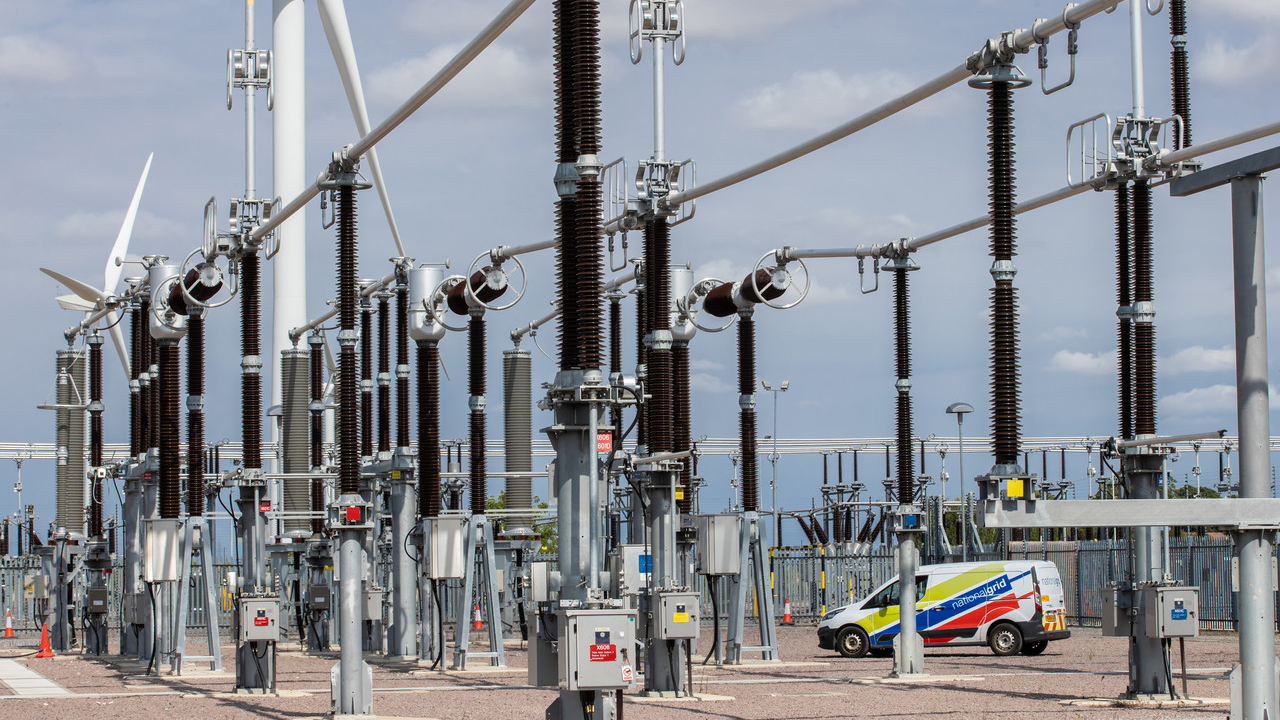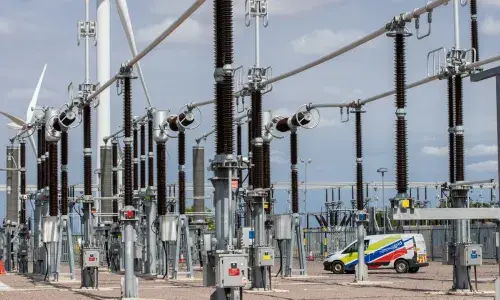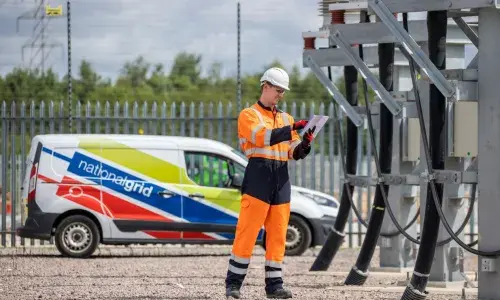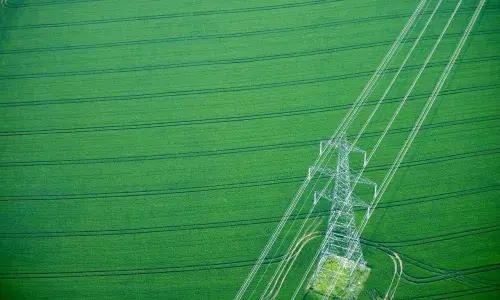
Connections reform: Speeding up delivery of the right energy mix for net zero
We’re already taking action alongside the electricity system operator (NESO), transmission owners (TOs), distribution network operators (DNOs), government and the regulator to reform grid connections and have now responded to the NESO’s latest consultation on proposals aimed at further changes. Here's a summary of our response.
Significant progress has already been made towards transforming the electricity system with a huge expansion in clean energy. However, a rapid increase in the volume of projects wanting to plug in to the transmission network has led to a massively oversubscribed grid connections pipeline. The connections pipeline has reached unsustainable levels. In fact, it now contains three times more than the net zero requirement forecasted in even the most ambitious of net zero scenarios for the transmission network out to 2050.
Under current arrangements, engineers must plan for the prospective pipeline in its entirety, meaning the large influx of applications is increasing the volume of engineering works triggered to accommodate this capacity.
As it stands, the current pipeline would drive the development of over many more substations than will be required to meet key network expansion goals.
The growing pipeline is hampering the ability to effectively assess which network upgrades are needed to meet future demand
All of this causes significant inefficiency in planning the network, and extends timelines for projects waiting for delivery of the engineering works driven by the large pipeline.
It’s a situation which benefits nobody. Developers are frustrated by long connections timescales, and the growing pipeline hampers our ability to effectively assess which network upgrades are realistically required to meet future demand.
We’re already taking action alongside the National electricity system operator (NESO), transmission owners (TOs), distribution network operators (DNOs), government and the regulator to deliver the change that’s needed (read more on that here), and have now responded to the NESO’s latest consultation on proposals aimed at further reform.
Read our consultation response in full
The NESO’s consultation proposes reforms to the connections process aimed at addressing some of these issues.
It includes introducing an annual application window and two formal ‘gates’ for applications. That would mean once a project meets the second gate criteria, it would be provided with a confirmed connection point and connection date.
It is also proposed to extend this concept to apply to existing connection contracts – changing the contractual arrangements for those existing contracts that don’t meet the gate two criteria.
These proposed improvements come off the back of significant engagement across the whole industry, and are a welcome step in the right direction.
We believe the focus should be on achieving Britain's ambitious energy decarbonisation targets – prioritising projects that are needed for net zero, rather than those which are simply ready
However, whilst we support the intent, we feel the proposals must be strengthened even further to ensure they deliver effective and holistic connections reform.
For example, the proposals mean projects would need to have land rights over their chosen location before applying.
We believe the focus should instead be on achieving the government’s ambitious energy decarbonisation targets – a first needed, first connected approach. This would ascertain whether projects are ‘needed’ to support future network demand and net zero, rather than just those which are simply ‘ready’.
We also believe the proposed approach could lead to a connections pipeline oversubscribed with the technologies which find it easier to acquire land – battery storage for example – or even create a rush for land around proposed or existing substations. This could cause greater issues for planning future network expansion.
Additionally, an over subscription of a single technology would not deliver the mix of generation and demand needed to operate the fully optimised electricity system of the future.
The technology mix needed to meet security of supply must, therefore, also be considered as part of the application process, to ensure we plan effectively for a clean and efficient electricity network.
Lastly, we also advocate for amended timescales between the gates to allow comprehensive studies of the impact of applications on the network ahead of providing final offers to developers. This would mean we were able to give better information on potential assets required, or locations.
It's important for industry to continue to engage
With so much change underway and significant implications for all stakeholders, it’s important for our industry to engage and work through these new proposals.
We’re determined to continue influencing this reform work with industry at pace so that it translates into the benefits we all want to see – arrangements that can deliver connections and infrastructure quickly and effectively to support progress towards a clean, reliable, and affordable energy system.


